Researchers discover a mechanism used by neurons to repair damage that occurs during neuronal activity.
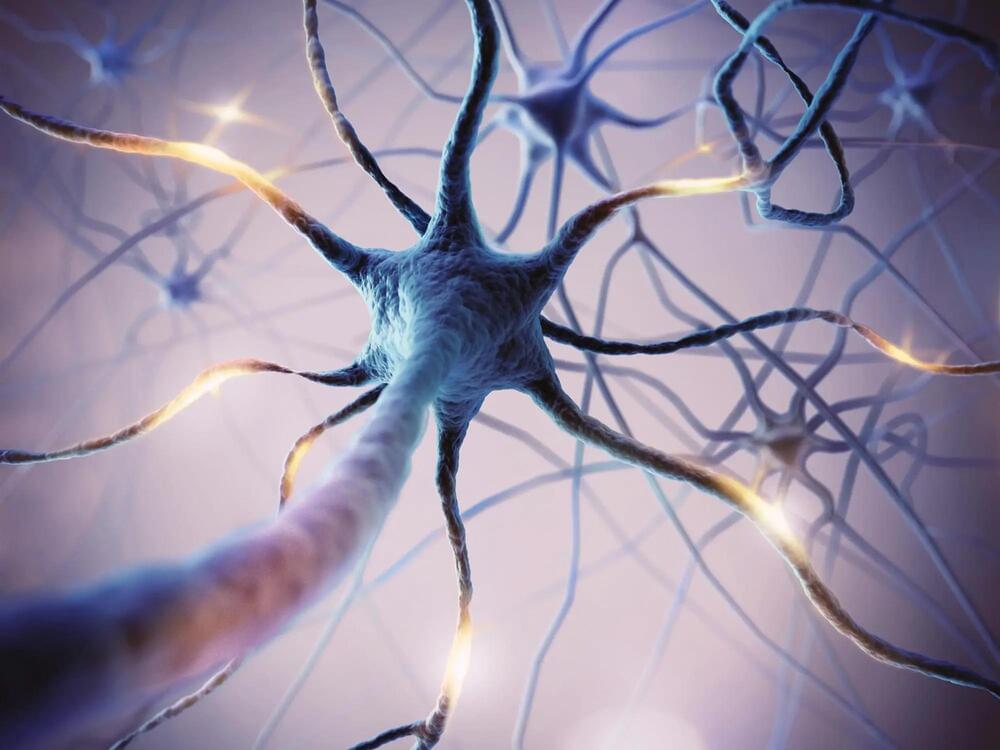

Donald Hoffman interview on spacetime, consciousness, and how biological fitness conceals reality. We discuss Nima Arkani-Hamed’s Amplituhedron, decorated permutations, evolution, and the unlimited intelligence.
The Amplituhedron is a static, monolithic, geometric object with many dimensions. Its volume codes for amplitudes of particle interactions & its structure codes for locality and unitarity. Decorated permutations are the deepest core from which the Amplituhedron gets its structure. There are no dynamics, they are monoliths as in 2001: A Space Odyssey.
Background.
0:00 Highlights.
6:55 The specific limits of evolution by natural selection.
10:50 Don’s born in a San Antonio Army hospital in 1955 (and his parents’ background)
14:44 As a teenager big question he wanted answered, “Are we just machines?“
17:23 Don’s early work as a vision researcher; visual systems construct.
20:43 Carlos’s 3-part series on Fitness-Beats-Truth Theorem.
Fitness-Beats-Truth Theorem.
22:29 Clarifications on FBT: Game theory simulations & math proofs.
24:20 What does he mean I can’t see reality? Fitness payoff functions don’t know about the truth… 28:23 Evolution shapes sensory systems to guide adaptive behavior… consider the virtual reality headset 32:45 FBT doesn’t include costs for extra bits of information processing 34:40 Joscha Bach’s “There are no colors in the universe”… though even light itself isn’t fundamental! 36:36 Map-territory relationship 40:27 Infinite regress, Godel’s Incompleteness Theorem 42:27 Erik Hoel’s causal emergence theory 45:40 Don’s take on causality: there are no causal powers within spacetime What’s Beyond Spacetime? 50:50 Nima Arkani-Hamed’s Amplituhedron 53:00 What percentage of physicists would agree spacetime is doomed? 56:00 Amplituhedron a static, monolithic, geometric object with many dimensions… 59:23 Ties to holographic principle, Ads-CFT correspondence 1:03:13 Quantum error correction 1:05:23 James Gates’ adinkra animations linking electromagnetism & electron-like objects The Unlimited Intelligence 1:08:30 Does Don still meditate 3 hours every day? 1:11:30 “We’re here for the ride…” 1:12:27 All my theories are trivial, there’s an unlimited intelligence that transcends 1:14:00 Carlos meanders on meditation 1:15:50 “You can’t know the truth, but you can be the truth” 1:17:43 Explore-Exploit Tradeoff (foraging strategy) 1:19:15 “You’re absolutely knocking on the right doors here”… our 4D spacetime for some reason essential for consciousness 1:21:10 Why this world, with these symbols, this interface? 1:22:20 “My guess, one of the cheaper headsets” Conscious Realism 1:24:40 Precise, mathematical model of consciousness… the end of Cantor’s infinities 1:28:30 Fusions of Consciousness paper… bridges between interactions of conscious agents/Markovian dynamics → decorated permutations → the Amplituhedron → spacetime 1:35:20 In a meta way, did Don choose the highest fitness path for his career? 1:39:10 “Don’t believe my theory, not the final word” 1:41:00 Where to find more of Don’s work 🚩Links to Donald Hoffman & More 🚩 “Do we see reality as it is?” (Ted Talk 2015) • Do we see reality…
“Symmetry Does Not Entail Veridicality” lecture (Hoffman 2017)
• Don Hoffman — “Sy…

After a few weeks of hard work and dedication, Cyberlife is now completely available to the public. This new webzine will be primarily focused on showcasing the culture of transhumanism, a philosophical and scientific movement that has been gaining momentum over the past few years. Here, you can turn your brain off for an hour at a time to read about the newest trends, listen to music, and admire the artistic talent of our staff members. We are still looking for more people to contribute, so here is a short list of what we are looking for:
Literature: Cyberlife does support the literary arts and this is how we do it. If you have some random short stories lying around that you have never published, submit them to us. We would love to read some short fiction that relates to transhumanism in some way. We do ask that you limit the piece to 10 pages so it doesn’t break the site. We will accept works that are explicit, but keep the eroticism to a minimum. Once again, make it tasteful.
Articles: We are still looking for authors that focus on articles and op-ed pieces. We are looking for people that have knowledge on these subjects:
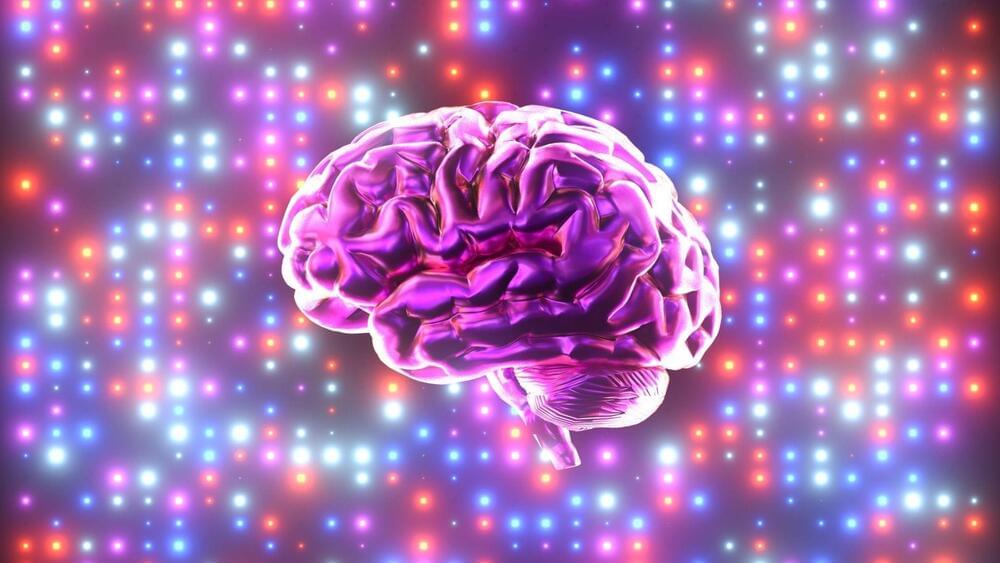
The brain’s processing of reading is fascinating.
Reading is a fascinating process that engages many regions of our brain. We all know it’s an essential skill, but did you know that reading is like weightlifting for our minds? The more we read, the stronger our neural connections become, and the better we get at it. But what happens in our brains when we read? Scientists have been trying to answer this question for years, and a new study has finally shed some light on the matter.
A groundbreaking study led by neuroscientist Oscar Woolnough from the University of Texas Health Science Center at Houston shed new light on how our brains process language. According to the research, two distinct brain networks get activated while reading.
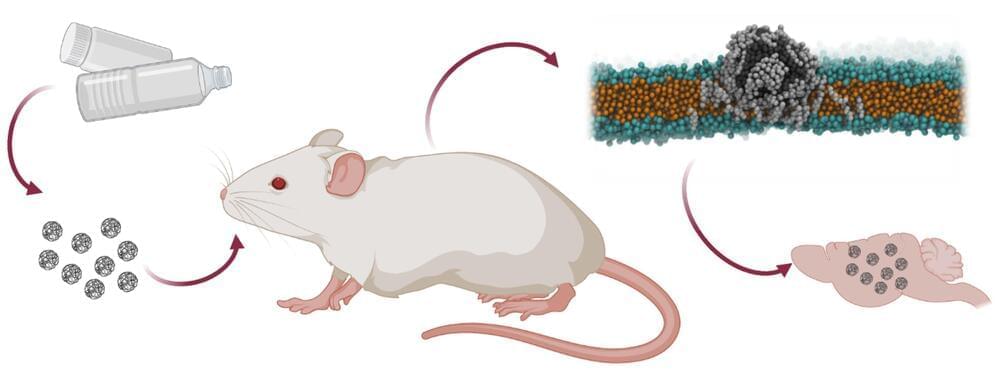
Among the biggest environmental problems of our time, micro-and nanoplastic particles (MNPs) can enter the body in various ways, including through food. And now for the first time, research conducted at MedUni Vienna has shown how these minute particles manage to breach the blood-brain barrier and as a consequence penetrate the brain. The newly discovered mechanism provides the basis for further research to protect humans and the environment.
Published in the journal Nanomaterials, the study was carried out in an animal model with oral administration of MNPs, in this case polystyrene, a widely-used plastic which is also found in food packaging. Led by Lukas Kenner (Department of Pathology at MedUni Vienna and Department of Laboratory Animal Pathology at Vetmeduni) and Oldamur Hollóczki (Department of Physical Chemistry, University of Debrecen, Hungary) the research team was able to determine that tiny polystyrene particles could be detected in the brain just two hours after ingestion.
The mechanism that enabled them to breach the blood-brain barrier was previously unknown to medical science. “With the help of computer models, we discovered that a certain surface structure (biomolecular corona) was crucial in enabling plastic particles to pass into the brain,” Oldamur Hollóczki explained.

A stroke occurs when an artery in the brain becomes blocked or bursts. The brain cells beyond the blockage or bleed are deprived of oxygen and nutrients, so are damaged or die.
Scientists have been trying to find ways to minimize the damage following a stroke and speed up recovery.
Now, a study led by scientists from Weill Cornell Medicine has found changes in gene activity in small blood vessels following a stroke. The findings suggest that these changes could be targeted with existing or future drugs to mitigate brain injury or improve stroke recovery.

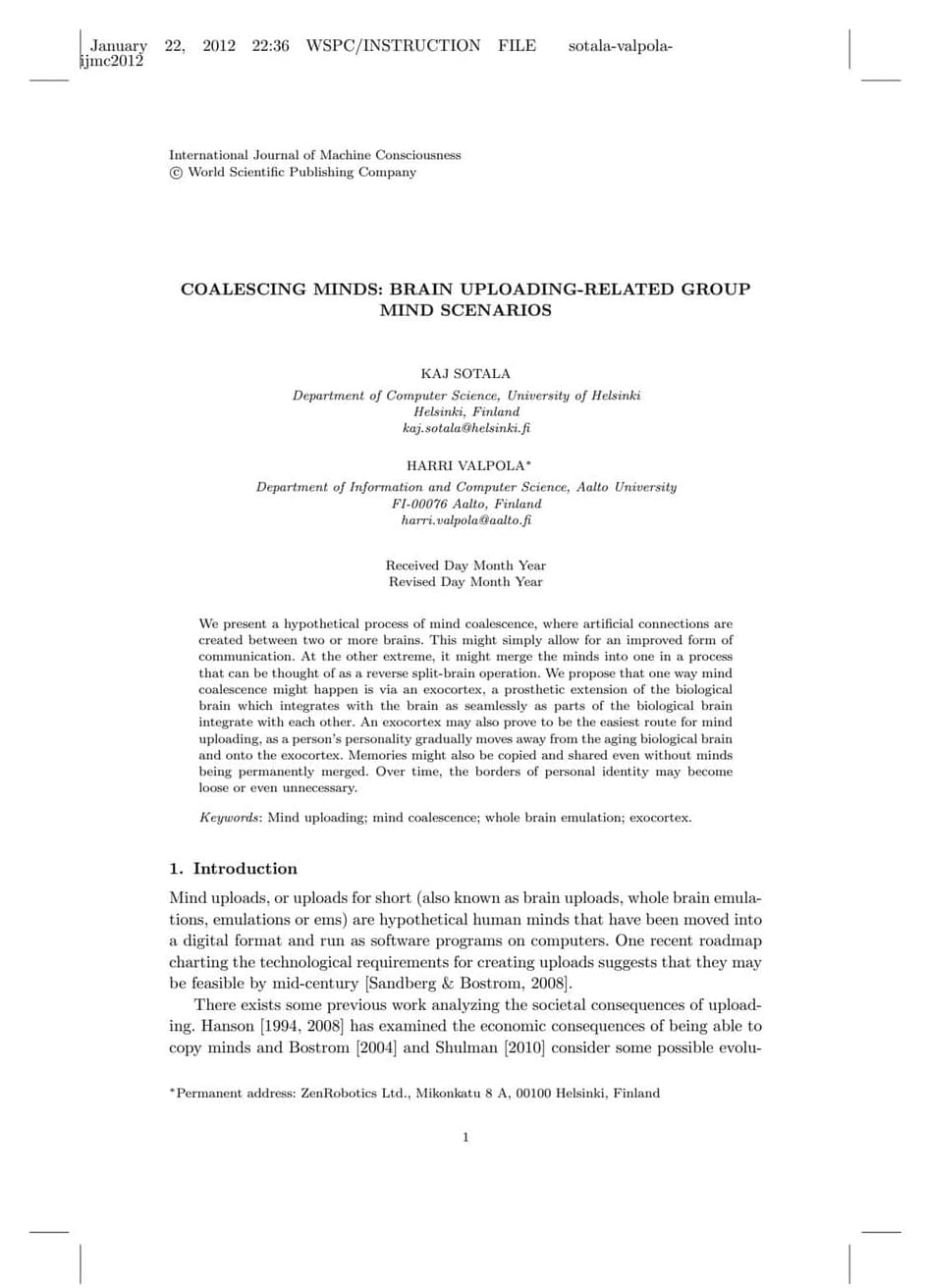
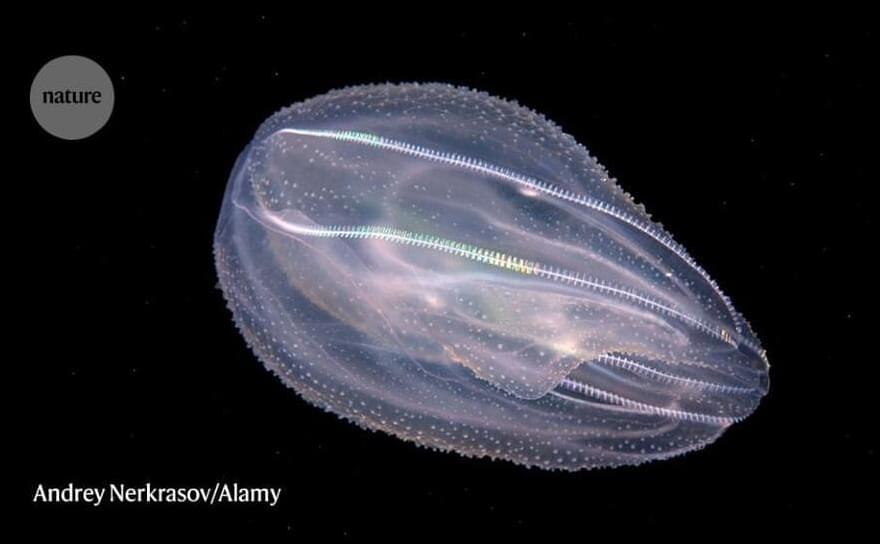

The myth that humans only use 10 per cent of their brains is exactly that — a myth.
It’s a mistruth that’s been misattributed to the likes of Albert Einstein over the years. In reality, humans actually use a lot of their brain pretty much all the time, but our understanding of exactly how they actually work is changing all the time.